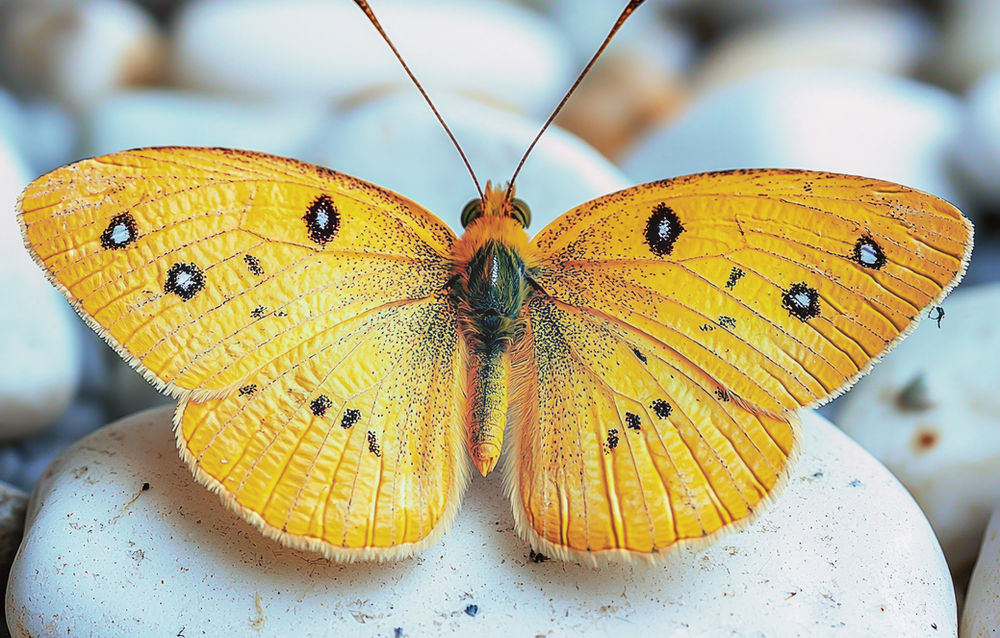top of page
Also known as the Large Grass Yellow or the Grass Yellow butterfly.
Eurema hercabe prefers to fly near the ground and around small shrubs and plants.
They rarely open their wings when at rest.
They perch underneath leaves when at rest to avoid the hot sun and the rain and to elude predators.
They are a highly migratory species.
They are an erratic, fast flying butterfly that
is commonly seen in gardens.
Common Grass Yellows have different coloration in their wings depending on the season. This phenomenon is known as ‘seasonal polytheism’, and results in generally darker wing colors in summer.
Both sexes are similar in appearance.
The shape of the wing's outer margin is not completely rounded on its hindwing, and not completely wavy on its forewing.
The dorsal side of its forewing has a broad, black, irregular outer margin and a thin, fairly regular one on the hindwing.
Its ventral side is randomly marked in black, while always having a black mark with a yellow center on each cell end.
The forewing cell has two other basal black markings.
Sometimes they have a chocolate colored patch on the peak of the forewing, usually smaller than that of the Three Spot Grass Yellow.
Their bodies and legs are white, and the underside are a pale yellow.
Males are often seen in large groups, while the females typically fly about by themselves to find nectar from a variety of plants.
The females are larger than their male counterparts.

Avg. wingspan: 35 - 45 mm / 1.4 to 1.8"
Adult diet: flower nectar
Family: Pieridae


The single biggest threat to butterfly survival is habitat destruction!!
bottom of page

